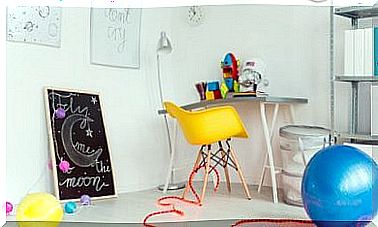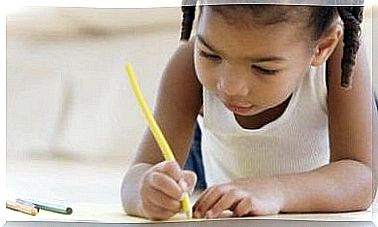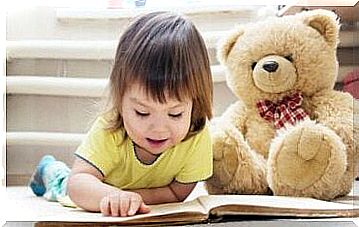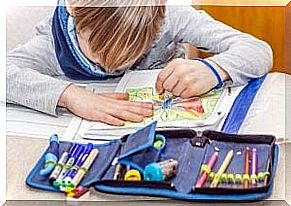How To Manage A Class Efficiently? – Being Parents
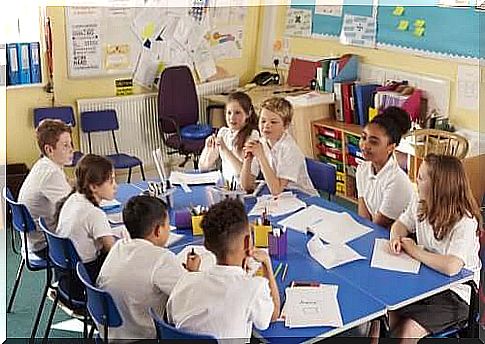
Managing a classroom effectively is one of the most important tasks of a teacher, and perhaps the most difficult. This is especially true for new teachers. But it can be a struggle even for more seasoned teachers. Indeed, they can also meet students who question their methods.
Classroom management includes all the strategies a teacher deploys to organize and discipline students. For example: learning materials, space and the use of classroom time to optimize the effectiveness of teaching and learning.
Since every class and every student presents a different challenge, every teacher should seek out the most effective strategies for managing the classroom for their students. We will see some of the effective classroom management strategies to facilitate the creation of a conducive environment for teaching and learning.
Establish a positive relationship with students to manage the class
Don’t leave relationships to chance if you want to get the most out of classroom management. Experts recognize that the teacher-student relationship is the basis of effective classroom management. This makes sense, because we all want to feel cared for and valued by those who are important to us in our environment.

Establishing positive relationships fosters a sense of belonging to the group and encourages students to participate cooperatively. In addition, it helps them develop their self-confidence to experience and be successful in a learning environment where they are not limited by the fear of failure.
How can we develop a positive relationship between teacher and student?
Provide a clear structure as students respond positively to a structured learning environment. Indeed, as a teacher, you must specify the expectations to the class.
That is, you need to reinforce and practice the norms and rules consistently. Indeed, by doing this, the confidence that the students will have can certainly increase considerably.
Likewise, you should always treat students with respect while creating a pleasant learning environment. In this way, we will encourage their participation and the development of social skills.
Establish a routine when managing the classroom
In a University of Louisiana study that assesses the characteristics of an effective teacher, researchers found that teachers who use classroom routines to enforce high standards of behavior are more successful.
For example, for students who are not progressing in a task, we will create clear guidelines with which they can ask for help. One of them may ask his comrades for help. If this does not solve his problem, he can ask the teacher for help.
The flexible layout of classrooms
At the University of Minnesota in 2012, a study found that physically adapting the classroom environment can foster greater collaboration between students and faculty. But also more communication and interaction. Placing students flexibly in the classroom can facilitate teacher-student interactions.
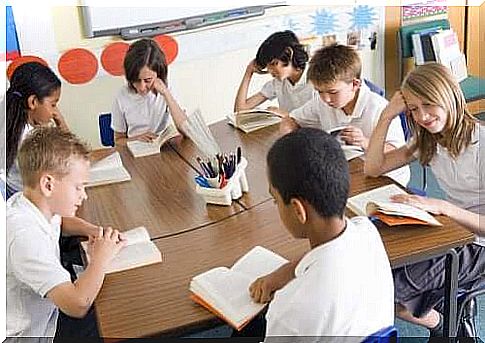
Doing this will work much better than the typical structure where the teacher is placed facing the students in a static position, explains Sheryl Feinstein.
Classrooms with flexible desks can solve a problem often encountered in typical classrooms with fixed desks. In classrooms with fixed desks, students tend to seek their own stimulation through movement. In addition, they seek conversation alongside homework or exhibit disruptive behaviors.
These approaches make it possible to effectively manage classroom work. This in all subjects and at all levels. We don’t need a lot of administrative support to run them. In addition, we must help establish an orderly, friendly and attractive environment.

